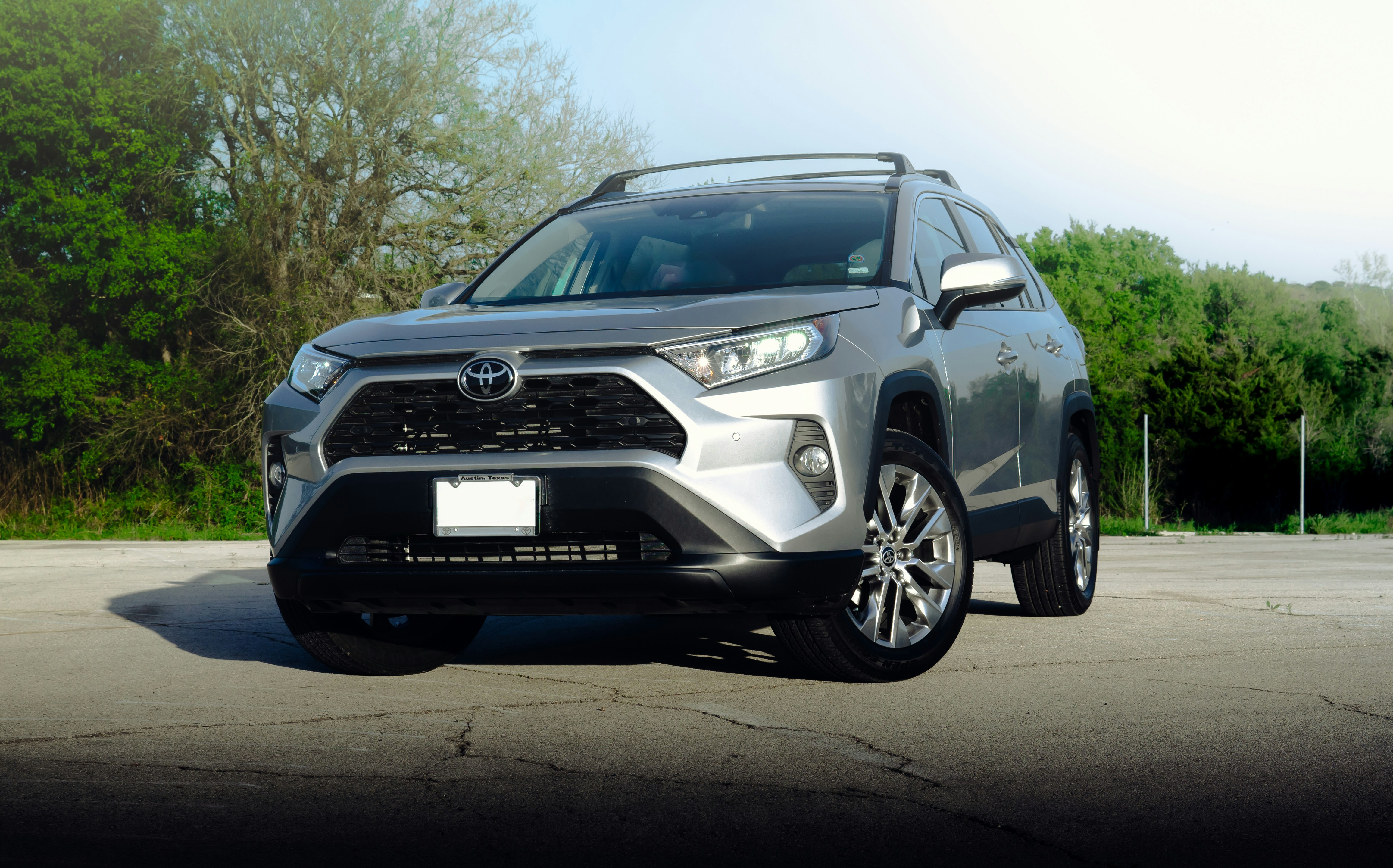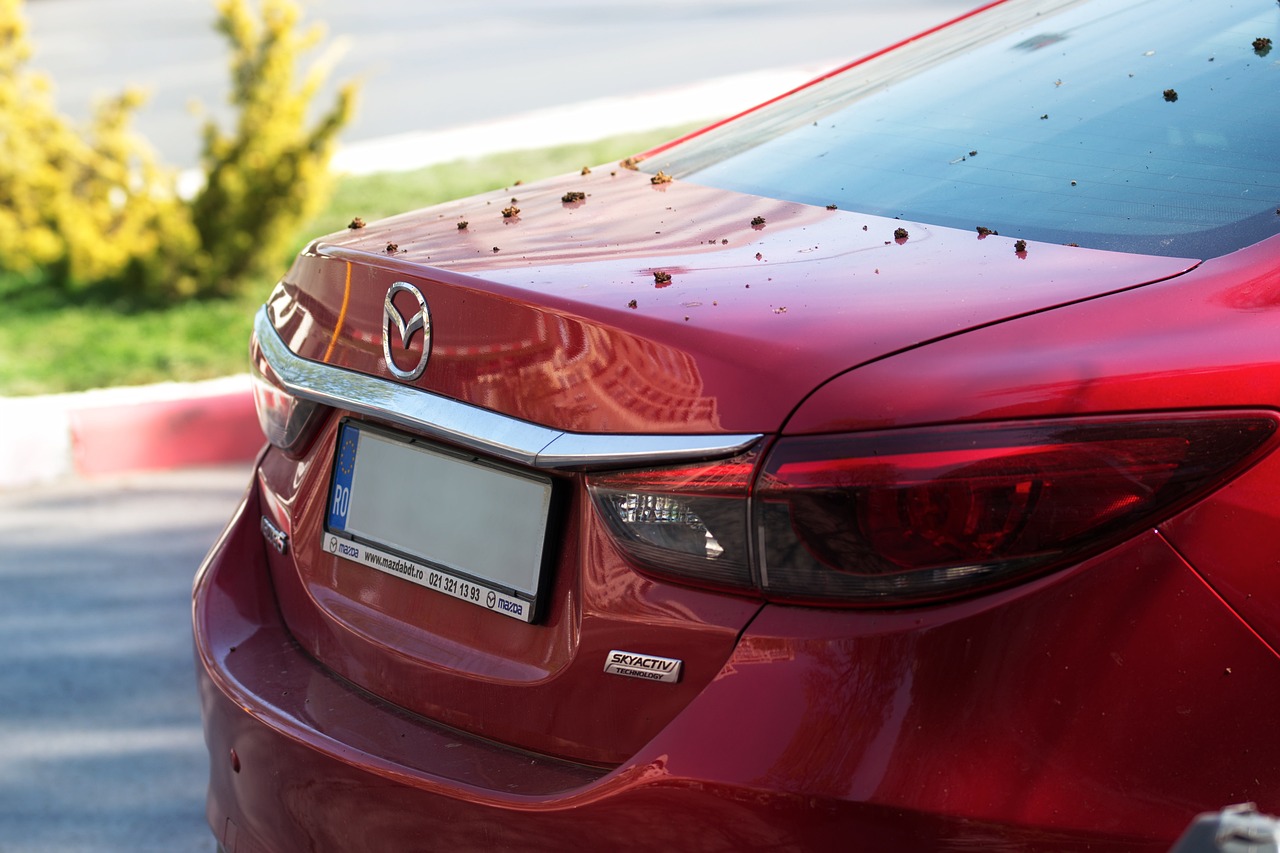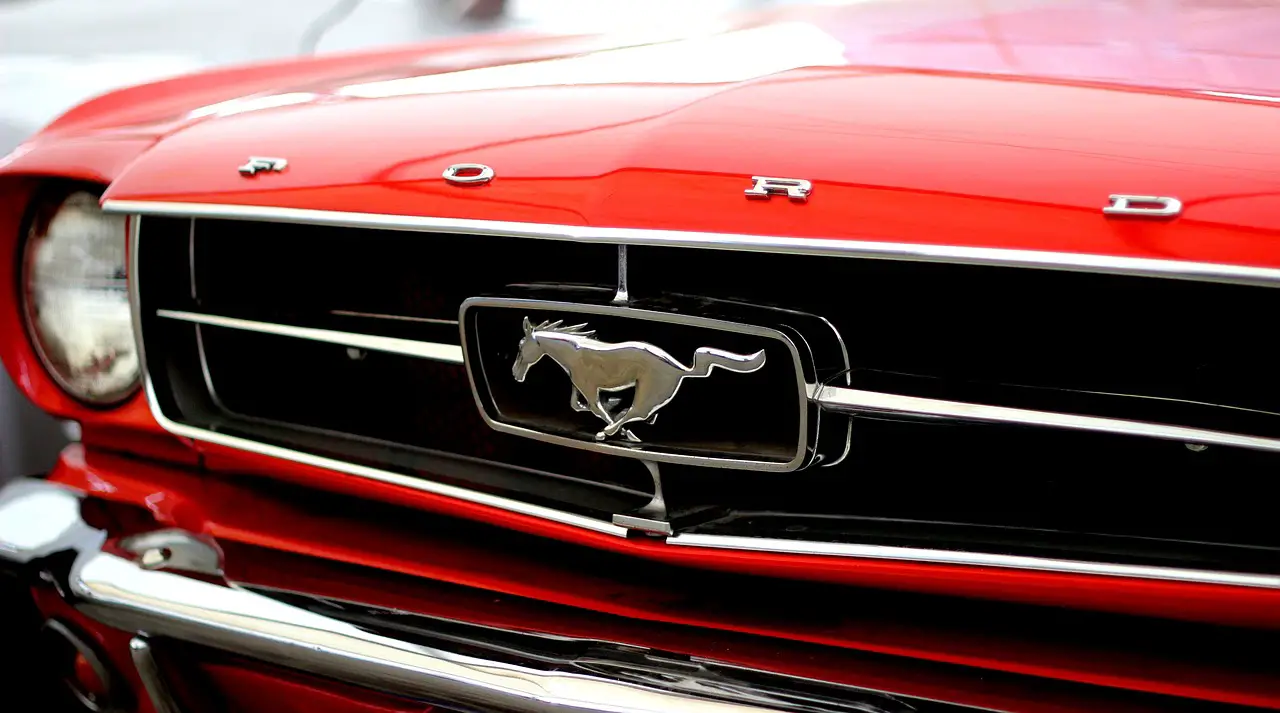Why Auto Insurance Is So Expensive in the “High-Cost States” (2025)

Short answer: premiums spiked nationwide in 2023–2025, and the states at the top of the list share a rough mix of (1) pricey legal environments and litigation frequency, (2) more crashes/theft/weather losses in big metros or disaster-prone regions, (3) higher medical/repair costs and tougher regulatory frictions. Depending on the dataset, Nevada / Florida / Michigan / Louisiana trade places near the top; California, New York, Missouri, Colorado, New Jersey and South Carolina also sit in the high-cost pack. (Methodologies differ, but the pattern is consistent.) ValuePenguin+2thezebra.com+2
How bad is “expensive” in 2025? Full-coverage averages cluster roughly $2.3k–$2.6k/yr nationwide (your profile and state swing this a lot). NerdWallet+1
The three biggest drivers, in plain English
- Courts & claims (“legal inflation”) – Auto tort litigation added ~$42.8B of excess value to cases (2014–2023), pushing insurers’ loss costs up and, ultimately, premiums. Florida’s 2023–2024 reforms (curbing AOB/one-way fees) are now flowing through with rate cuts at major carriers in 2025—a reminder that laws matter. III+1
- Risk on the road (crashes, theft, weather) – Dense metros and theft hot-spots (e.g., Houston) pay more; hail/wind/flood belts also push rates higher. Missouri’s 2025 severe-weather insured losses neared $2B, and theft remains a pricing factor in several cities. dci.mo.gov+1
- Big-ticket repairs & medical care – Newer vehicles, ADAS sensors and labor shortages keep repair bills elevated; medical claims dynamics (e.g., Michigan’s PIP) add structure-specific costs. Enlyte
Quick wins before you shop: enroll in telematics, pick a higher deductible you can actually afford, clean up garaging/annual-miles accuracy, and compare 3–5 quotes on the same day (same limits, same deductibles) to catch underwriting appetite swings in your ZIP.
Next page: State-by-State — what’s uniquely driving costs in 2025 →





